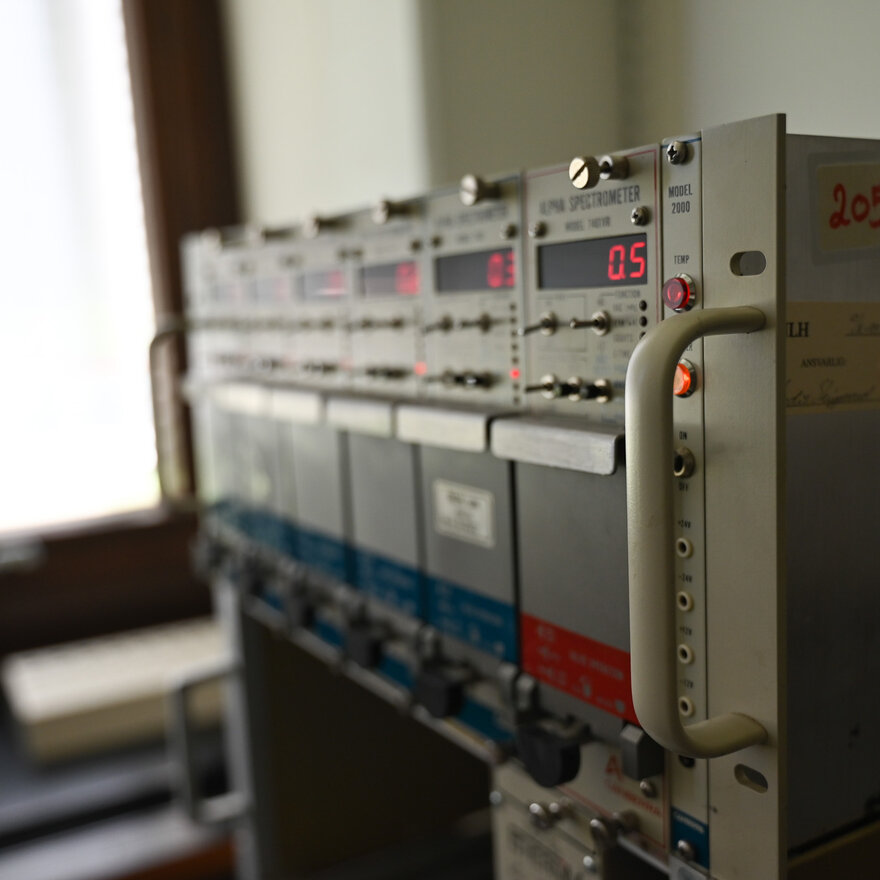
section:
Environmental chemistry
We have leading international expertise in radioecology and environmental chemistry. Our focus is on environmental consequences of inorganic and radioactive pollutants, arising from diverse sources of emissions, their transport in the environment and biological uptake, their effects on biota and for risk and impact assessments.
- About 50 people.
- Cirka 15 PhD candidates.
- NMBU's knowledge centre for environmental chemistry, radio ecology, radio chemistry and analytical chemistry
- Co-responsible for NMBU's study programs within environmental sciences, nuclear sciences and chemistry
Professor Lindis Skipperud is section leader.
Our aims
What we do
Associated study programs
Associated centres
Permanent scientific staff